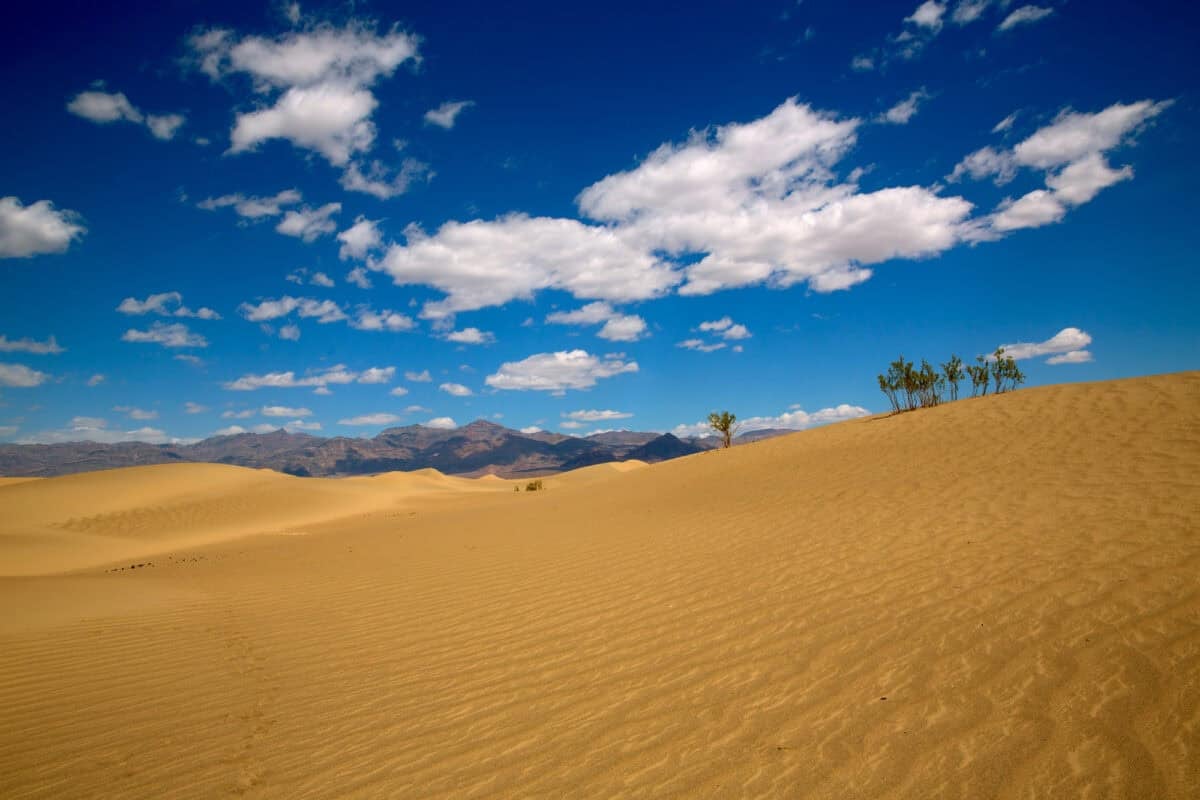Nature is an artist, an inventor, and sometimes a whimsical trickster, crafting wonders that defy our understanding. Across the globe, natural phenomena occur that challenge the limits of human comprehension, reminding us of the vast mysteries we have yet to unravel. This article explores twelve instances where nature has created puzzling phenomena that remain largely unexplained. Immerse yourself in these captivating tales, where science meets wonder and the natural world unfolds in bewildering beauty.
12. The Great Blue Hole, Belize

Off the coast of Belize lies the Great Blue Hole, a massive underwater sinkhole that captivates with its sheer depth and startlingly blue color. Despite extensive research, the reasons behind its perfect circular shape and unique ecological system remain elusive. Some scientists suggest it formed from a limestone cave system that collapsed over time, yet its enchanting aesthetics continue to inspire awe among divers and marine enthusiasts.
11. The Taos Hum, New Mexico

Residents in Taos, New Mexico, have long reported a mysterious low-frequency hum that permeates the area. Dubbed the “Taos Hum,” this sound has led to scientific investigations but remains unexplained. While some attribute it to industrial equipment or geological activity, no definitive source has been identified, leaving this peculiar auditory anomaly a mystery.
10. The Sailing Stones, Death Valley

Death Valley’s Racetrack Playa is home to the sailing stones, rocks that mysteriously move across the flat desert landscape, leaving long trails behind them. Despite numerous theories, including ice sheet movement and wind, the exact mechanism behind their movement remains partly enigmatic. Recent studies suggest a combination of thin ice sheets melting under the stones, but the phenomenon still captivates imaginations worldwide.
9. Ball Lightning
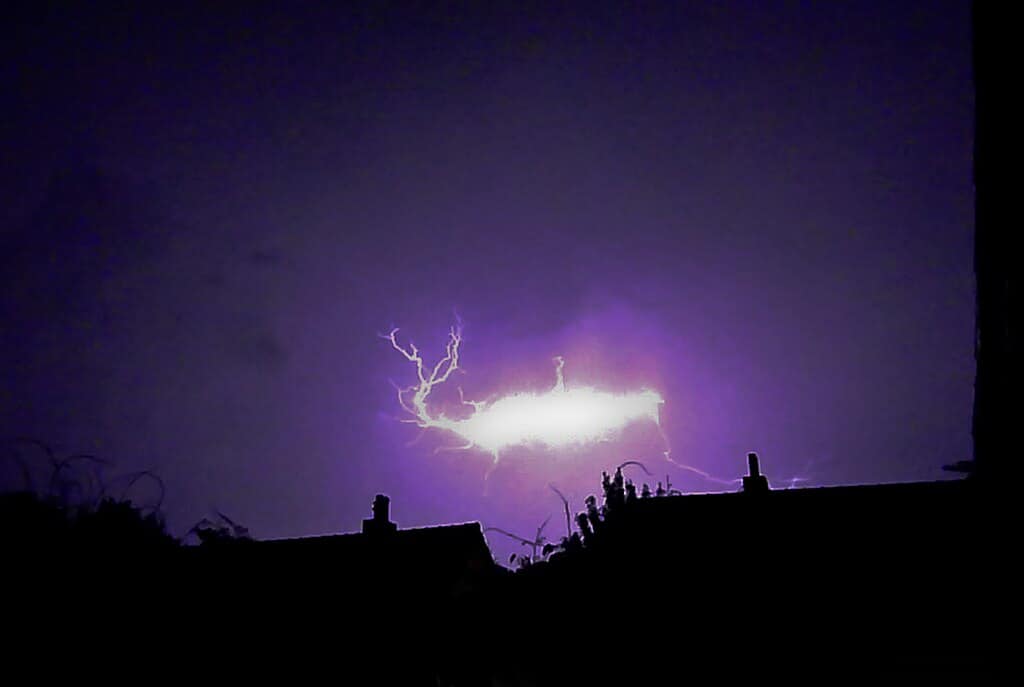
A rare phenomenon observed during thunderstorms, ball lightning manifests as glowing spheres that can float, hover, or explode. While numerous sightings have been reported, its transient nature makes scientific study challenging. Theories range from chemical reactions to electromagnetic fields, yet none have been universally accepted, keeping ball lightning shrouded in mystery.
8. Blood Falls, Antarctica
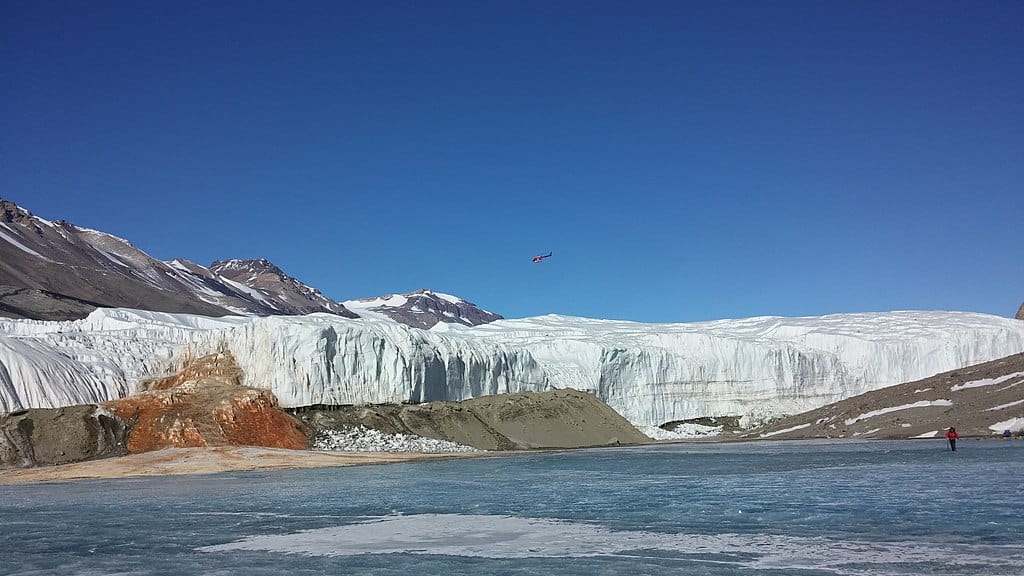
In Antarctica’s McMurdo Dry Valleys, Blood Falls presents a striking sight—a cascade of red water flowing from the Taylor Glacier. Initially thought to be due to red algae, scientists have since discovered that the color comes from iron salts oxidizing upon contact with the air. Though the chemical reaction is understood, the isolated subglacial environment from which it originates remains a topic of scientific intrigue, as does the resilience of microbial life found within.
7. Hessdalen Lights, Norway

In the Hessdalen Valley of Norway, a luminous phenomenon known as the Hessdalen Lights has been observed since the early 1980s. These unexplained lights vary in color and duration, appearing in the sky without warning. Various hypotheses, including combustion gases beneath the ground and ionized dust, have been proposed, yet no conclusive explanation has been determined, leaving many captivated by their ethereal beauty.
6. Fairy Circles, Namibia
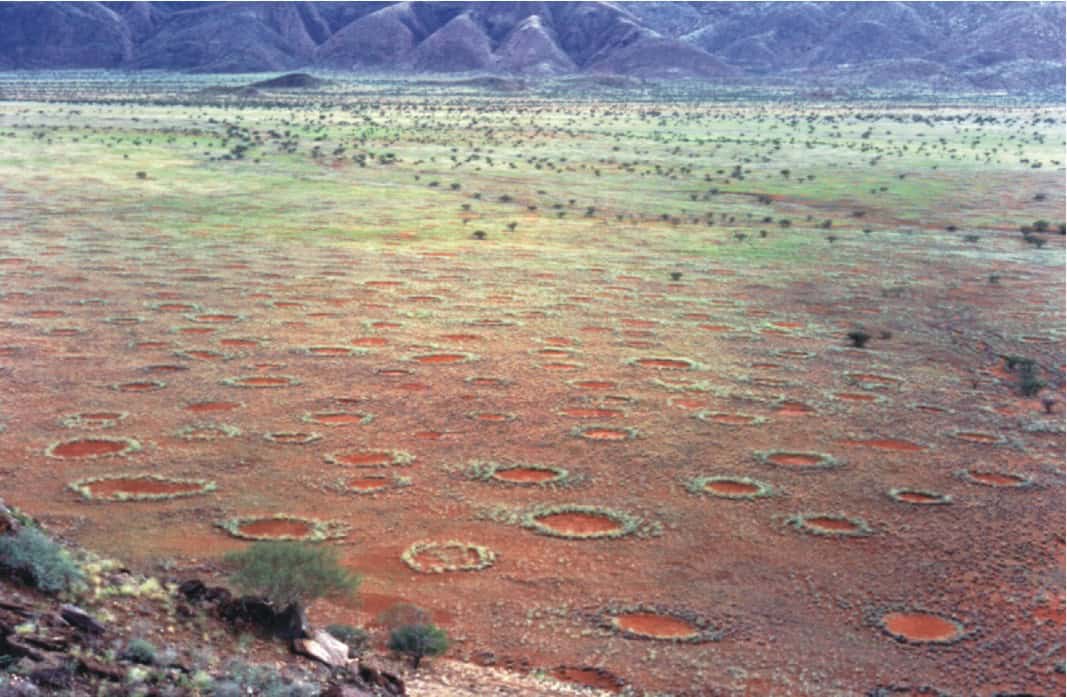
Dotting the arid grasslands of Namibia, fairy circles are circular patches of bare soil surrounded by a ring of vegetation. The origin of these mysterious formations continues to baffle scientists. Theories include termite activity, plant competition, and toxic substances, yet none fully account for their regularity and longevity, hedging these natural wonders in enigma and folklore.
5. Moeraki Boulders, New Zealand
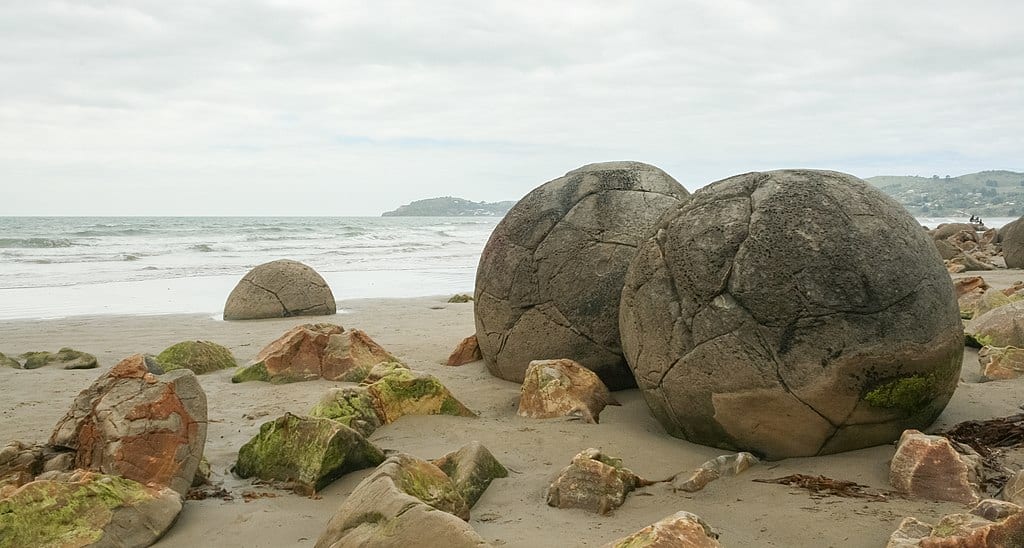
Along a stretch of Koekohe Beach, large spherical boulders, known as the Moeraki Boulders, emerge eerily from the sand. Formed over millions of years through mineral deposition around a central core, their perfectly rounded shapes and ominous presence defy easy explanation. Local Māori legend attributes their origin to the remains of ancient eel baskets from a lost voyaging canoe.
4. The Devils Kettle, Minnesota

At Judge C. R. Magney State Park in Minnesota, the Brule River splits into two branches, with one half disappearing into a pit known as the Devils Kettle, where it seemingly vanishes. Despite numerous experiments with dye and other markers, where the water goes remains a mystery, inciting curiosity and tales of otherworldly portals.
3. Eternal Flame Falls, New York
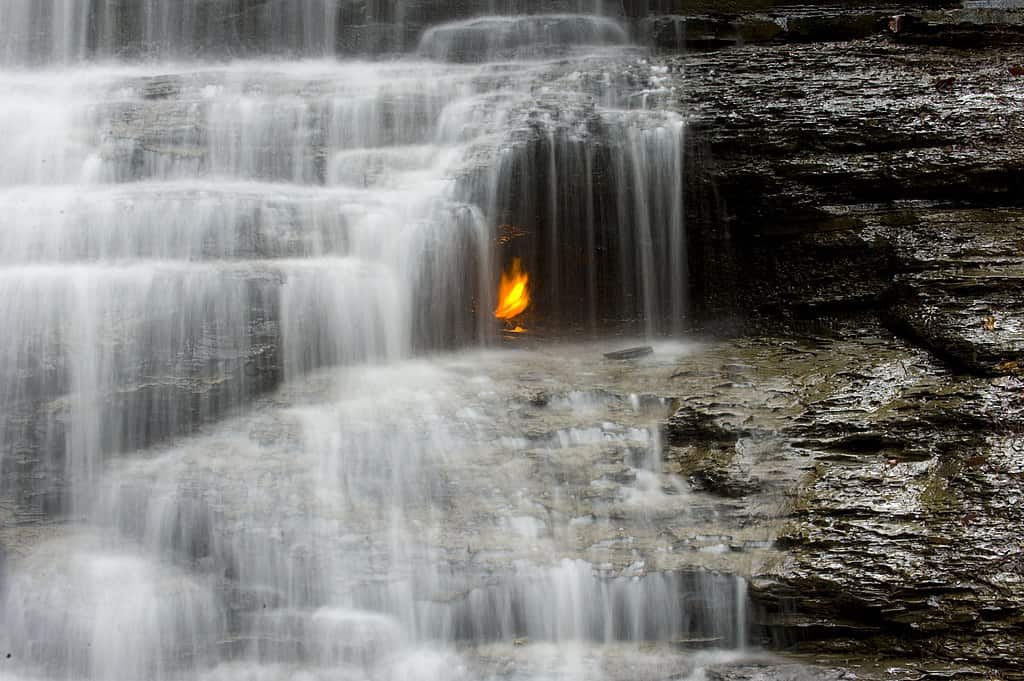
Eternal Flame Falls boasts a small waterfall where a natural gas leak allows a continuous flame to flicker behind the cascading water. Though the source of the gas leak is partially understood, the unique coexistence of fire and water amidst the shale layers lends an unexplainable charm that draws curious visitors year-round.
2. Stonehenge, England
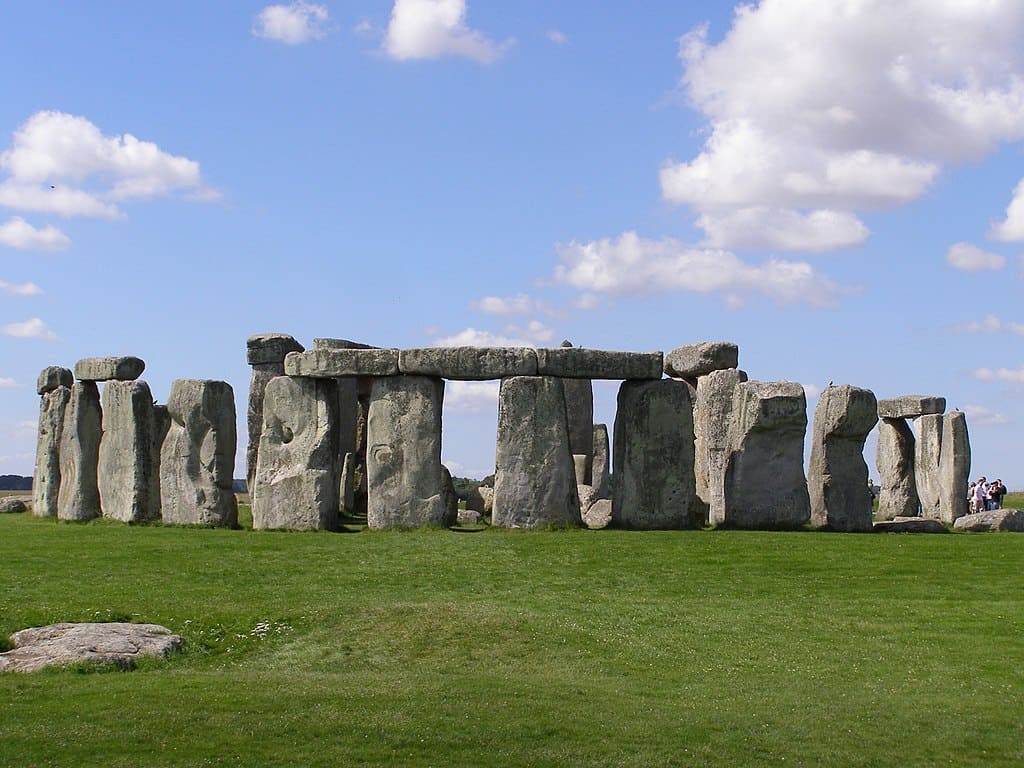
Though not directly formed by natural processes, Stonehenge stands as a monument deeply intertwined with the natural landscape. Its origins, purpose, and how massive stones were transported remain speculated upon, with theories ranging from ancient astronomical observatories to religious rituals. The stones’ alignment with the solstices casts an enigmatic spell that continues to captivate scientists and spiritualists alike.
1. The Crooked Forest, Poland
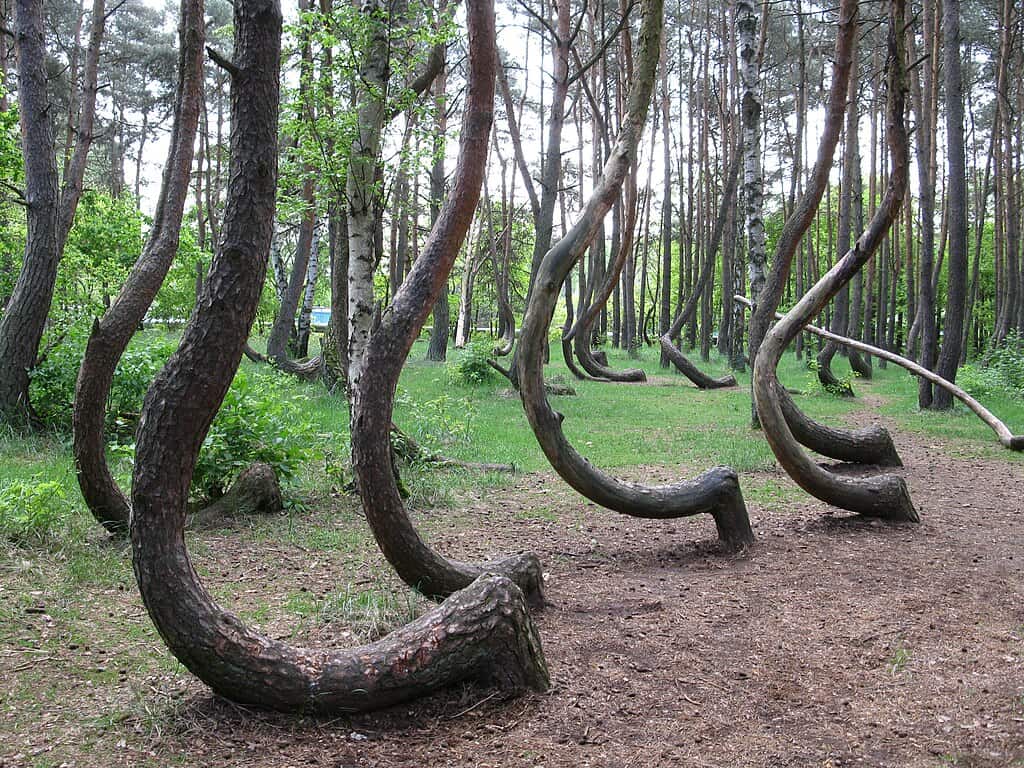
The Crooked Forest near Gryfino, Poland, consists of approximately 400 pine trees that grow with a unique, almost unnatural curvature at their base before straightening out. Theories about their formation range from human intervention for timber purposes to gravitational anomalies. Despite these speculations, the true cause of their shape remains unsolved, adding an obscure beauty to this unique ecological site.
Conclusion

In considering these phenomena, we are reminded that nature still holds many secrets beyond our imagination or scientific reach. These twelve places and phenomena continue to invite wonder and curiosity, serving as potent reminders of the Earth’s boundless intricacy and the enduring pursuit of knowledge. As we continue to explore and investigate, it is crucial to approach these wonders with respect and humility, recognizing that nature’s mysteries often weave a tale that transcends simple explanation.
- 14 Creatures That Don not Need Eyes - August 20, 2025
- The 11 Endangered Species Bouncing Back Thanks to Conservation Efforts - August 20, 2025
- 13 Reasons Cheetah Populations Are Declining Fast - August 20, 2025

